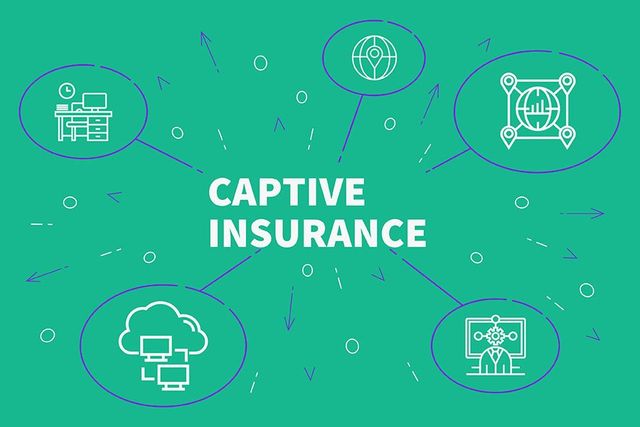Pacific Prime Can Be Fun For Anyone
Table of ContentsNot known Facts About Pacific PrimeSome Of Pacific PrimeGetting The Pacific Prime To WorkThe 4-Minute Rule for Pacific Prime
In most states, the insurance provider is required to send you a copy of the changes to your plan. It is necessary that you read Recommendations or Riders so you understand just how your plan has actually changed and if the plan is still adequate to meet your requirements. To obtain a duplicate of your insurance coverage, please call your insurance agent or firm.
The Institute of Medication (IOM) Board on the Consequences of Uninsurance launches a prolonged exam of evidence that addresses the significance of wellness insurance protection with the publication of this report. Coverage Issues is the very first in a collection of 6 reports that will certainly be issued over the following 2 years documenting the fact and effects of having actually an estimated 40 million individuals in the United States without health and wellness insurance policy protection.

The 9-Minute Rule for Pacific Prime
The goal of this collection of research studies is to redouble plan interest on a historical problem. Following the longest financial development in American history, in 1999, an estimated one out of every 6 Americans32 million grownups under the age of 65 and greater than 10 million childrenremains uninsured (Mills, 2000).

Ten percent of the population accounts for 70 percent of healthcare expenditures, a relationship that has continued to be constant over the previous 3 years (Berk and Monheit, 2001) - expat insurance. Thus wellness insurance policy proceeds to serve the function of spreading out risk also as it increasingly funds regular treatment. From the point of view of healthcare providers, insurance coverage lugged by their clients assists protect a revenue stream, and neighborhoods take advantage of financially practical and secure healthcare specialists and organizations
Federal government provides medical insurance to populations whom the exclusive market may not offer properly, such as disabled and seniors, and populations whose access to wellness treatment is socially valued, such as kids and pregnant women. The supreme ends of medical insurance protection for the private and neighborhoods, including workplace neighborhoods of staff members and employers, are improved health results and lifestyle.
Facts About Pacific Prime Uncovered
Workers place health insurance initially without a doubt in significance among all the benefits offered in the workplace (Salisbury, 2001). Although there have been substantial financial investments of personal and public funds to give wellness insurance coverage, numerous individuals still have no protection. Despite comprehensive reporting of survey findings and health and wellness care research results, the general public continues to be baffled and misinformed regarding Americans without medical insurance Learn More and the ramifications of lacking protection.

Without question, the intricacy of American health and wellness care funding mechanisms and the wealth of sources of details contribute to the general public's confusion and hesitation regarding health and wellness insurance coverage stats and their interpretation. This report and those that will certainly adhere to aim to boil down and present in easily easy to understand terms the extensive research that births on concerns of medical insurance coverage and its significance.
Fifty-seven percent of Americans questioned in 1999 thought that those without medical insurance are "able to get the treatment they need from doctors and healthcare facilities" (Blendon et al., 1999, p. 207). In 1993, when nationwide interest was concentrated on the issues of the without insurance and on pending healthcare regulation, just 43 percent of those surveyed held this belief (Blendon et al., 1999).

They likewise receive fewer preventative services and are much less most likely to have routine take care of persistent problems such as high blood pressure and diabetic issues. Chronic diseases can result in expensive and disabling complications if they are not well taken care of (Lurie et al., 1984; Lurie et al., 1986; Ayanian et al., 2000). One national study asked even more than 3,400 grownups about 15 extremely serious or somber problems.
9 Simple Techniques For Pacific Prime
Additional evidence is presented later on in this phase in the conversation of insurance coverage and accessibility to health treatment. https://www.anyflip.com/homepage/fcter#About. Individuals without health and wellness insurance are young and healthy and balanced and select to do without protection. Practically fifty percent (43 percent) of those surveyed in 2000 believed that people without medical insurance are much more most likely to have illness than people with insurance coverage
Citizens and plan manufacturers in emphasis group conversations characterize those without insurance coverage as youngsters who have the opportunity to be covered and feel they do not need it (Concierge Novelli, 2001). Contrasted to those with a minimum of some private insurance coverage, the uninsured are less most likely to report being in excellent or really good health (Agency for Health Care Study and Top Quality, 2001).
SOURCE: Center for Cost and Financing Researches, Company for Medical Care Research Study and Quality, based upon MEPS information. Youthful adults between 19 and 34 are even more most likely to do not have medical insurance than any kind of other age. This is mainly due to the fact that they are less commonly qualified for employment-based insurance coverage as a result of the nature of their job or their brief tenure in it.
The understanding that individuals without insurance have better-than-average wellness adheres to from puzzling the relatively young age profile of the without insurance with the far better health, on standard, of more youthful persons. This obscures the web link between health standing and medical insurance. For those without access to office wellness insurance coverage, inadequate health is a possible barrier to acquiring nongroup coverage because such coverage may be extremely priced, leave out preexisting conditions, or be merely unavailable.